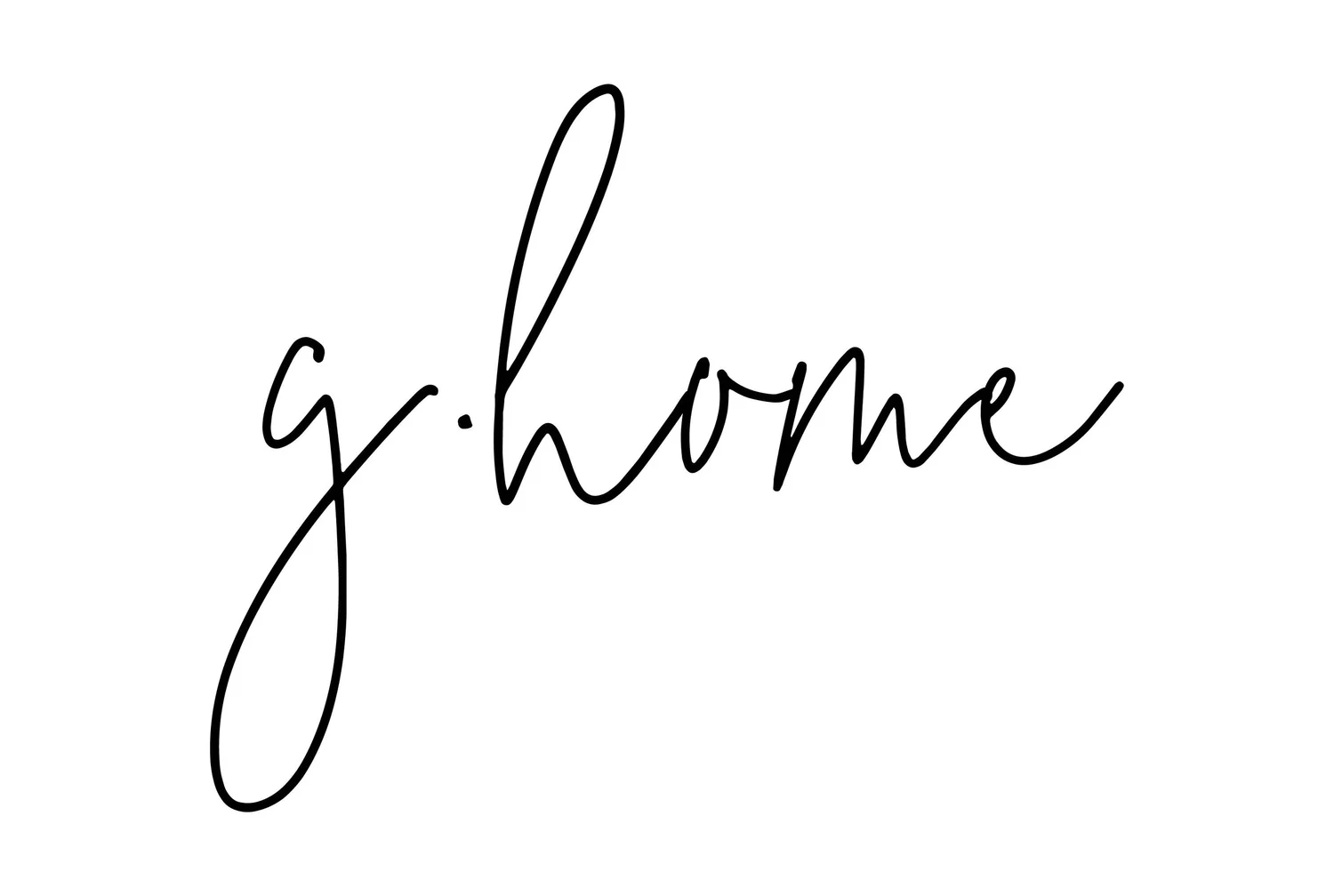The word ‘ikat’ (pronounced ‘ee-KAHT’) comes from the Malaysian word ‘mengikat,” which means ‘to tie.’ It is a resist dye technique where parts of the fabric are covered as so to not be penetrated by the dye, like tie-dying, but all done prior to weaving. Warp (lengthwise yarn) or weft (crosswise thread) are tied off with knots as to resist the dye. The weaver will create the pattern with these ties, moving on to new colors and locations until the pattern is complete. Once dyed, the yarns are woven together.
Looking back, many cultures have used ikat, making it hard to pinpoint its exact birthplace. We can find it all over Asia as well as in South America’s history, while Europeans adopted the technique from Islamic textiles. Most recently, Asia has produced the largest amount of high quality ikat textiles.
While the process is painstaking, the uniqueness of the process can create beautiful patterns. Ikat patterns can be used to bring a sense of global décor to any home.




